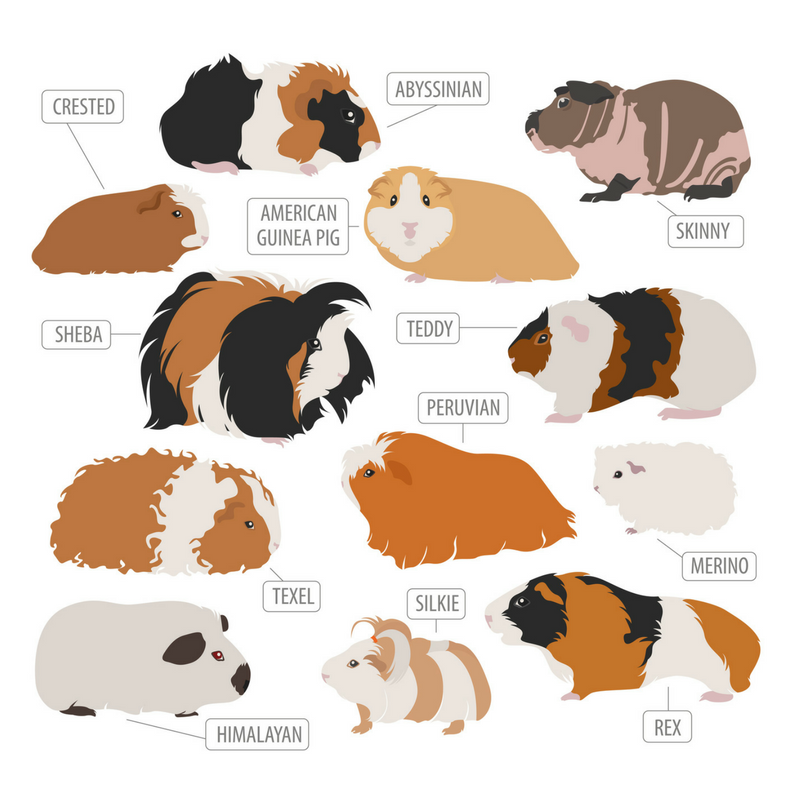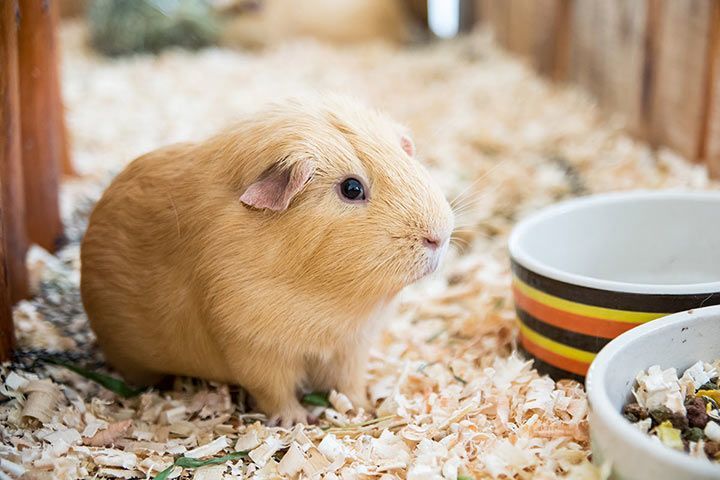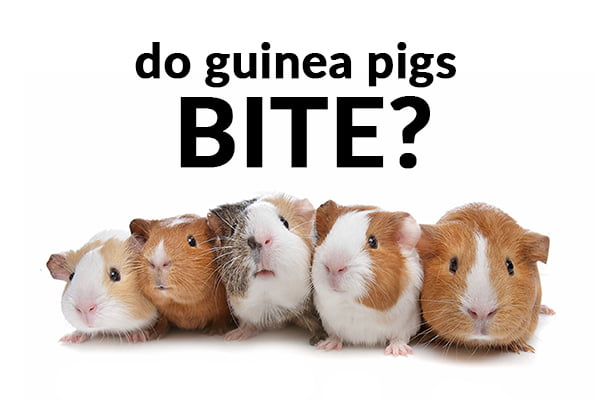American Guinea Pig
The article “American Guinea Pig” examines the contentious practice of animal testing in the United States. It explores the treatment of animals as experimental subjects, often referred to metaphorically as “guinea pigs,” in various research and testing processes.
Introduction to the main themes or arguments presented in the article
The article delves into several critical themes and arguments:
- Ethical considerations surrounding animal testing, including debates over its necessity and moral implications.
- The impact of animal testing on the welfare and well-being of animals involved.
- Balancing human benefits from animal testing with the ethical concerns regarding animal welfare.
C. Explanation of the significance of the topic
Animal testing holds significant societal, ethical, and scientific importance. It raises questions about the moral treatment of animals, the pursuit of scientific knowledge, and the responsibility to minimize harm in research practices. Addressing these issues is crucial for fostering informed discussions, promoting ethical research practices, and shaping public policy decisions regarding animal welfare and scientific advancement.

Background Information
A. Contextual information about the term “American Guinea Pig.
“American Guinea Pig” metaphorically refers to animals used in scientific experimentation and testing in the United States. It symbolizes the animals subjected to various experiments and procedures for scientific progress.
B. Historical context of experimentation and testing on animals in the United States
In the United States, the use of animals in scientific research dates back centuries. Animals have been utilized for medical experiments, pharmaceutical testing, and behavioral studies. Throughout history, animals have been subjected to various experiments to further scientific knowledge.
C. Overview of any relevant laws or regulations about animal testing
Several laws and regulations govern the use of animals in experimentation in the United States:
- The Animal Welfare Act (AWA) sets standards for the treatment of animals in research, exhibition, transport, and by dealers.
- The Public Health Service (PHS) Policy on Humane Care and Use of Laboratory Animals applies to institutions receiving federal funding for research involving animals.
- Institutional Animal Care and Use Committees (IACUCs) oversee and approve animal research protocols to ensure compliance with regulations and ethical standards.
Main Arguments or Themes
A. Ethical considerations surrounding animal testing
- Arguments for and against the use of animals in experimentation:
- This section explores the ethical arguments supporting the use of animals in scientific research, such as the potential benefits to human health and the advancement of knowledge. It also discusses ethical objections to animal testing, including concerns about animal welfare and the moral status of animals.
- Discussion of alternatives to animal testing:
- Here, alternative methods to animal testing are considered, such as in vitro studies, computer simulations, and human-based research models. The ethical implications and effectiveness of these alternatives compared to animal testing are examined.
B. Impact on animals
- Overview of the conditions animals face in laboratories:
- This section provides an overview of animals’ living conditions and treatment in laboratory settings. It discusses aspects such as housing, handling, and anesthesia or analgesia.
- Examination of the physical and psychological effects on animals:
- Here, the physical and psychological effects of animal testing on experimental subjects are analyzed. This includes discussions on stress, pain, and the potential long-term impacts of experimentation on animals’ well-being.
C. Human benefits versus animal welfare
- Analysis of the benefits derived from animal testing:
- This section evaluates the scientific and medical benefits of animal testing, including advancements in medicine, disease treatment, and public health. It considers the role of animal research in saving human lives and improving the quality of life.
- Consideration of the moral implications of sacrificing animal welfare for human advancement:
- The moral dilemma of prioritizing human benefits over animal welfare is examined here. It discusses the ethical implications of using animals as a means to human ends, weighing the potential benefits against the harms inflicted on animals.

Case Studies or Examples
A. Specific instances of controversial animal testing in the United States
- Cosmetic Testing: Numerous instances of controversial animal testing have occurred in the cosmetic industry, where animals such as rabbits, mice, and guinea pigs are subjected to tests to assess the safety of cosmetic products.
- Biomedical Research: Some biomedical research projects have raised ethical concerns due to the invasive procedures and potential suffering experienced by animals, such as primates, used in drug development and disease research studies.
B. Examination of the outcomes and consequences of these cases
- Cosmetic Testing: Despite efforts to minimize animal testing in the cosmetics industry, controversies persist. Some companies have faced backlash from consumers and animal rights organizations, leading to changes in policies and practices.
- Biomedical Research: Controversial biomedical research projects often spark debates about the necessity of animal testing, the validity of results, and the ethical implications of the research. These debates may influence funding decisions, regulatory policies, and public perceptions of scientific research.
C. Analysis of public reactions and responses to controversial animal testing incidents
- Cosmetic Testing: Public outrage over animal testing in the cosmetics industry has increased consumer demand for cruelty-free products. This has prompted some companies to adopt cruelty-free policies and invest in alternative testing methods.
- Biomedical Research: Public reactions to controversial biomedical research projects vary. Some advocate for stricter regulations and greater transparency in animal research, while others emphasize the importance of animal models in advancing medical knowledge and saving human lives. Public opinion can influence government policies and funding priorities for scientific research.
Future Implications and Considerations
A. Discussion of emerging technologies and methodologies that could reduce reliance on animal testing
- In vitro Models: Advancements in cell culture techniques and organ-on-chip technologies offer promising alternatives to traditional animal testing methods, allowing researchers to simulate human biology more accurately.
- Computational Models: Computer-based models, such as predictive toxicology and quantitative structure-activity relationship (QSAR) models, enable researchers to predict the safety and efficacy of substances without the need for animal testing.
- Human-Based Research: Growing interest in human-based research approaches, such as clinical trials, epidemiological studies, and human tissue research, provides opportunities to gather data directly relevant to human health outcomes.
B. Consideration of potential shifts in public opinion and policies regarding animal testing
- Increasing Awareness: Continued efforts to raise public awareness about the ethical concerns and scientific limitations of animal testing may lead to growing public opposition and calls for stricter regulations.
- Legislative Action: Changes in government policies and regulations, driven by shifting public attitudes and scientific advancements, could result in increased scrutiny of animal testing practices and more significant support for alternative methods.
- Corporate Initiatives: Pressure from consumers and advocacy groups may prompt corporations to adopt cruelty-free policies and invest in alternative testing methods to meet changing consumer preferences and regulatory requirements.
C. Exploration of ethical frameworks for balancing scientific progress with animal welfare
- Three Rs Principle: The principles of Replacement, Reduction, and Refinement (the Three Rs) serve as a framework for minimizing the use of animals in research while maximizing their welfare and scientific value.
- Ethical Review Processes: Strengthening ethical review processes, such as Institutional Animal Care and Use Committees (IACUCs), can help ensure that research involving animals adheres to high moral standards and minimizes harm.
- Public Dialogue: Engaging in open and transparent dialogue among stakeholders, including scientists, ethicists, policymakers, and the public, is essential for developing consensus on ethical guidelines for balancing scientific progress with animal welfare.
American Guinea Pig (FAQs) about Animal Testing
1. What is animal testing?
- Animal testing refers to using animals in scientific research and experimentation to assess the safety, efficacy, and potential risks of products or procedures intended for human use or consumption.
2. Why is animal testing conducted?
- Animal testing is conducted to gather scientific data on the safety and effectiveness of pharmaceuticals, cosmetics, chemicals, medical devices, and other products. It is also used to advance biomedical research, study disease mechanisms, and develop treatments for human and animal diseases.
3. What types of animals are used in testing?
- Testing involves various animals, including mice, rats, rabbits, guinea pigs, dogs, cats, primates, and farm animals. The species chosen often depends on the study’s specific research goals and requirements.
4. Is animal testing necessary for scientific progress?
- The necessity of animal testing is a topic of debate. Proponents argue that animal testing is essential for ensuring product safety, advancing medical knowledge, and developing treatments for human and animal diseases. Critics argue that alternative methods, such as in vitro studies, computer simulations, and human-based research, can provide reliable data without animal testing.
5. What are the ethical concerns surrounding animal testing?
- Ethical concerns surrounding animal testing include issues related to animal welfare, such as the pain and suffering experienced by animals, as well as questions about the moral status of animals and the justification for using them as experimental subjects. Some argue that the benefits of animal testing outweigh the ethical considerations, while others advocate for alternatives that minimize harm to animals.
6. Are there alternatives to animal testing?
- There are alternatives to animal testing, including in vitro studies using human cells and tissues, computer modeling and simulation, epidemiological studies, and human-based clinical trials. These alternative methods aim to reduce or eliminate the use of animals in research while still providing reliable scientific data.
7. What regulations govern animal testing in the United States?
- In the United States, animal testing is regulated by laws such as the Animal Welfare Act (AWA) and the Public Health Service (PHS) Policy on Humane Care and Use of Laboratory Animals. Institutional Animal Care and Use Committees (IACUCs) oversee and approve animal research protocols to ensure compliance with these regulations and ethical standards.
8. What is being done to reduce reliance on animal testing?
- Efforts to reduce reliance on animal testing include advancements in alternative methods such as in vitro testing, increased funding for research into alternative technologies, and initiatives to promote sharing of data and resources among researchers. Additionally, some companies and institutions have adopted policies to minimize or eliminate animal testing in favor of alternative methods.
9. How can individuals contribute to the reduction of animal testing?
- Individuals can contribute to reducing animal testing by supporting companies that use alternative testing methods or produce cruelty-free products, advocating for stricter regulations and increased funding for alternative research methods, and educating others about the ethical concerns and scientific limitations of animal testing.






